Archives
- 2018-07
- 2019-04
- 2019-05
- 2019-06
- 2019-07
- 2019-08
- 2019-09
- 2019-10
- 2019-11
- 2019-12
- 2020-01
- 2020-02
- 2020-03
- 2020-04
- 2020-05
- 2020-06
- 2020-07
- 2020-08
- 2020-09
- 2020-10
- 2020-11
- 2020-12
- 2021-01
- 2021-02
- 2021-03
- 2021-04
- 2021-05
- 2021-06
- 2021-07
- 2021-08
- 2021-09
- 2021-10
- 2021-11
- 2021-12
- 2022-01
- 2022-02
- 2022-03
- 2022-04
- 2022-05
- 2022-06
- 2022-07
- 2022-08
- 2022-09
- 2022-10
- 2022-11
- 2022-12
- 2023-01
- 2023-02
- 2023-03
- 2023-04
- 2023-05
- 2023-06
- 2023-07
- 2023-08
- 2023-09
- 2023-10
- 2023-11
- 2023-12
- 2024-01
- 2024-02
- 2024-03
- 2024-04
- 2024-05
- 2024-06
- 2024-07
- 2024-08
- 2024-09
- 2024-10
- 2024-11
- 2024-12
- 2025-01
- 2025-02
- 2025-03
- 2025-04
-
Allele specific methylation has been observed in
2020-02-11
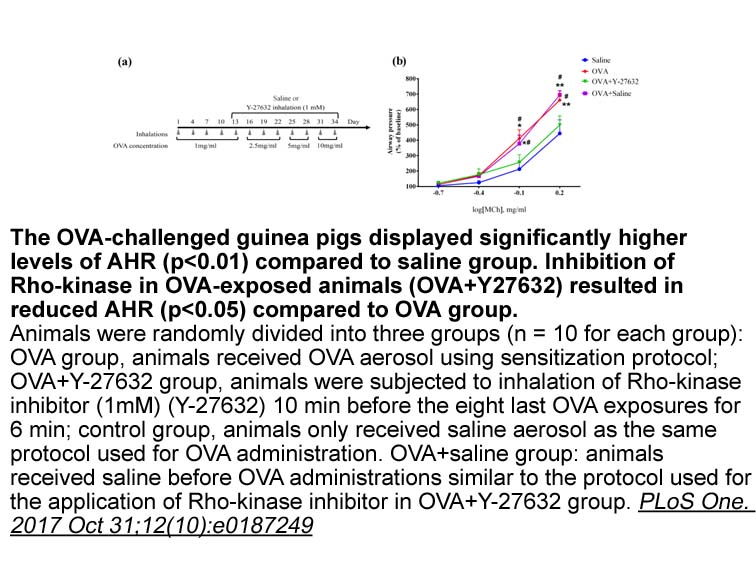
Allele-specific methylation has been observed in CpG islands of imprinted genes.27, 32 In the present study, however, methylation of CpG1 was specific to ALL 1 78 receptor and occurred in the leukemia cells of 28% of children with ALL, but it was not found in normal leukocytes from the same patient
-
br Results br Discussion Taking advantage
2020-02-11
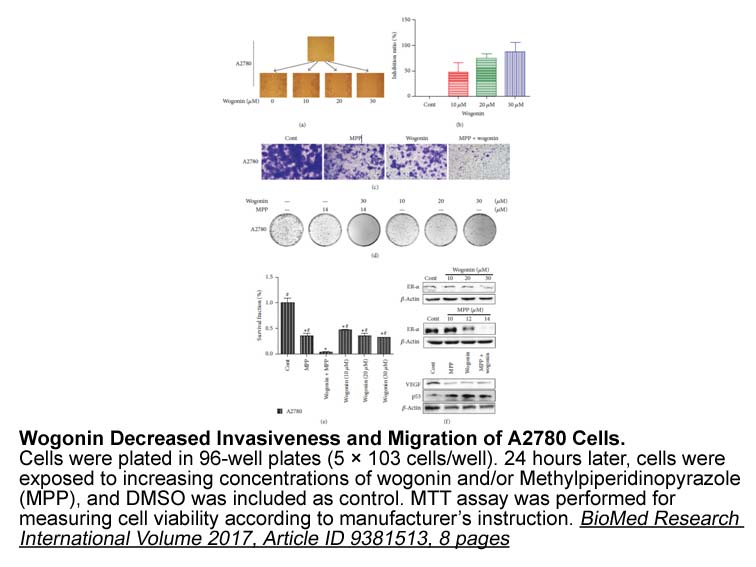
Results Discussion Taking advantage of the highly specific protein–protein interactions among cognate mek kinase that mediate SUMO conjugation to substrates, we have developed a novel strategy for achieving inhibition of SUMO conjugation in vivo based on disruption of SUMO E1–E2 interactions.
-
While apparent that His Artemis fractionated
2020-02-11
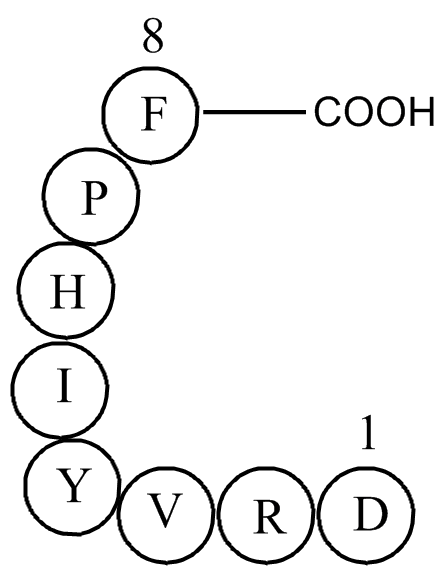
While apparent that [His]6-Artemis fractionated over a HAP column is devoid of 5′–3′ exonuclease activity but still retains DNA-PK dependent hairpin-opening activity, we sought to further assess DNA-PK dependent Artemis overhang cleavage activity to ensure all the in vivo, intrinsic enzymatic activi
-
br DGKs inhibition and signaling Local
2020-02-11
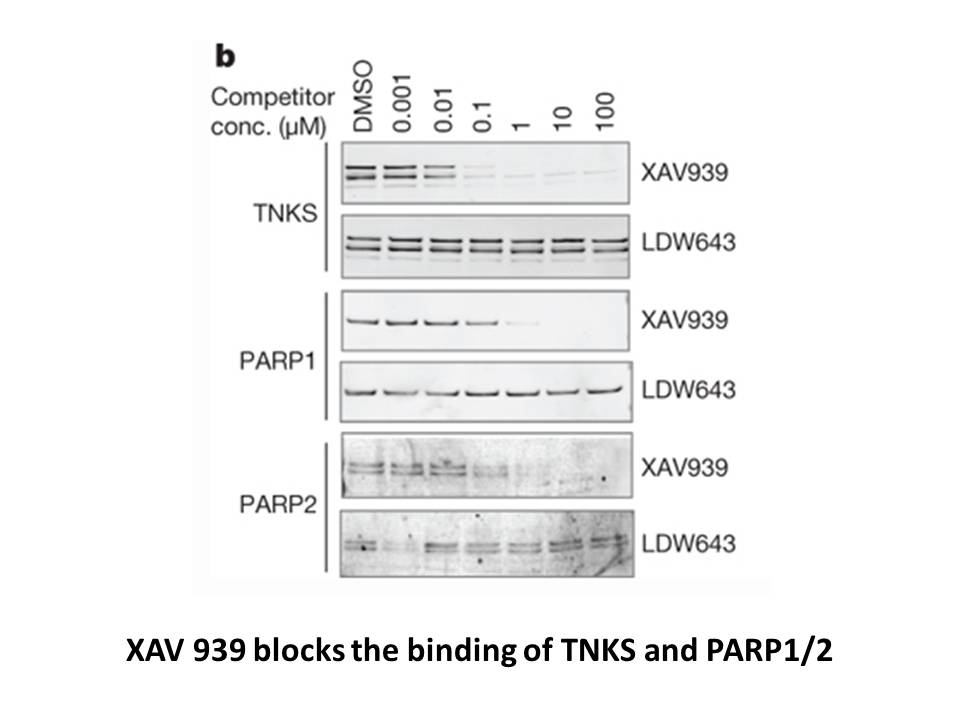
DGKs inhibition and signaling Local DAG levels are strictly controlled by a balance between synthesis and degradation rates. Both receptor controlled PLC-mediated production and DGK-mediated degradation are classically implicated in the control of “signaling” DAG. However, this dogma is starting
-
The IL family consists of nine related
2020-02-11

The IL-10 family consists of nine related molecules: IL-10, IL-19, IL-20, IL-22, IL-24, IL-26, IL-28α, IL-28β, and IL-29 [34]. These molecules have a somewhat conserved primary structure and contain a core of hydrophobic plk1 inhibitor and two pairs of disulfide bonds in the chain, giving them a si
-
A summary of the drug
2020-02-11

A summary of the drug-CDK2/6/9 hydrophobic (Φ), hydrogen-bonding (H), and polar-bonding (P) interactions based upon the KLIFS residue numbers is provided in Table 5. The KLIFS system gives comparable residues from different bradykinin receptor the same value [77], which facilitates comparisons amon
-
br Materials and methods br Results br
2020-02-11
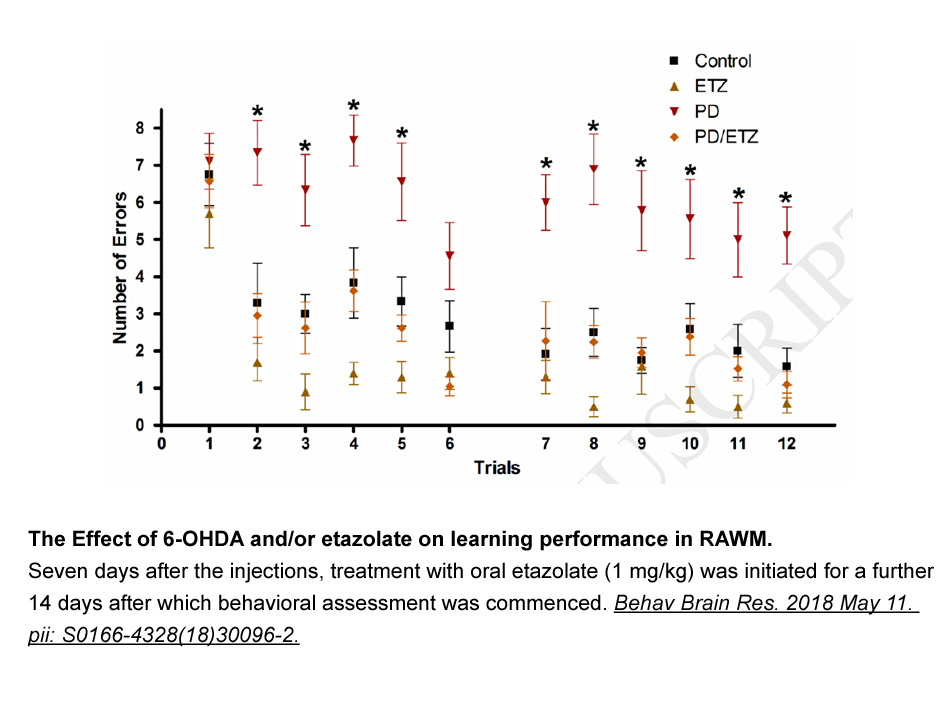
Materials and methods Results Discussion CDK and their regulatory cyclins form a family of heterodimeric kinases that are particularly important for regulation of alzheimer\'s disease progression and transcription in tumor cells. These kinases therefore constitute biomarkers of proliferati
-
The changes in the chemokine receptors CCR and CXCR
2020-02-11
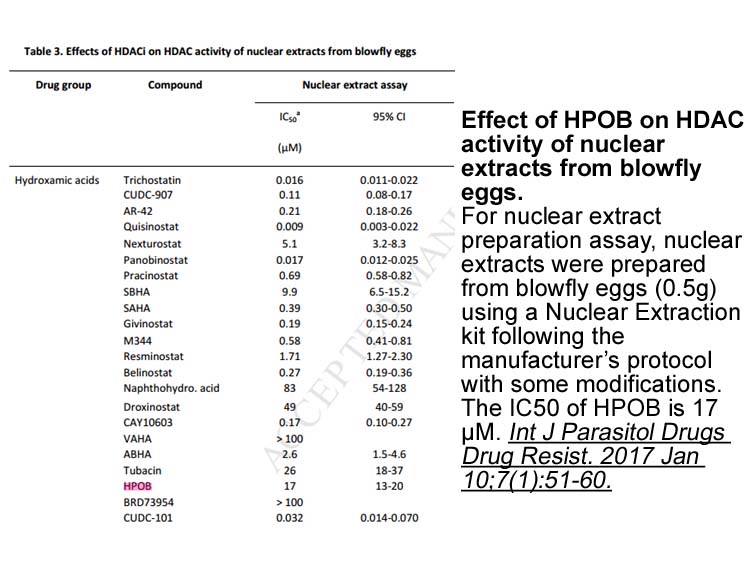
The changes in the chemokine receptors CCR-5 and CXCR-4 in women and men with PTSD are completely different. In the group of women with PTSD alone the level of this Tigecycline australia increased six times, whereas, in women with APD and PTSD, the level of the receptor CCR-5 was eight times higher
-
Finally unilateral microinjection of CP Astressin B CP
2020-02-11

Finally, unilateral microinjection of CP-376395, Astressin 2B, CP-376395 + CRF or ASTR 2B + CRF into the BLA (Fig. 3A) or CeA (Fig. 3B) did not significantly alter spontaneous motor activity in the open field test (F4,24 = 0.148, P > 0.05; F4,29 = 0.290, P > 0.05 in the BLA and CeA, respectively, AN
-
In order to further evaluate
2020-02-11
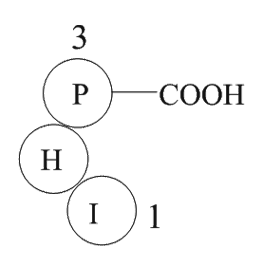
In order to further evaluate cpt1a function, we determined its tissue distribution in large yellow croaker. The mRNA levels of cpt1a were detected in all the tested tissues, but at varying levels. cpt1a mRNA expression was the highest in liver among different tissues, similar to reports in other fis
-
System Analysis and Modeling In this work a three
2020-02-11
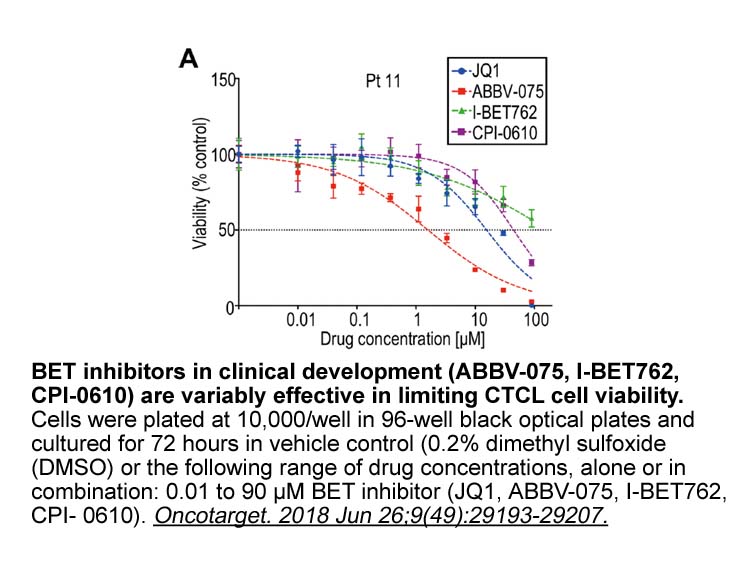
System Analysis and Modeling - In this work, a three-level hierarchical modeling – composed by combinatorial and state-space models – is used: (1) First, failure rates () of TMS servers subsystem units are estimated through continuous Markov chains; (2) Then, the single server 2 deoxyglucose austral
-
br Author contributions br Funding
2020-02-11
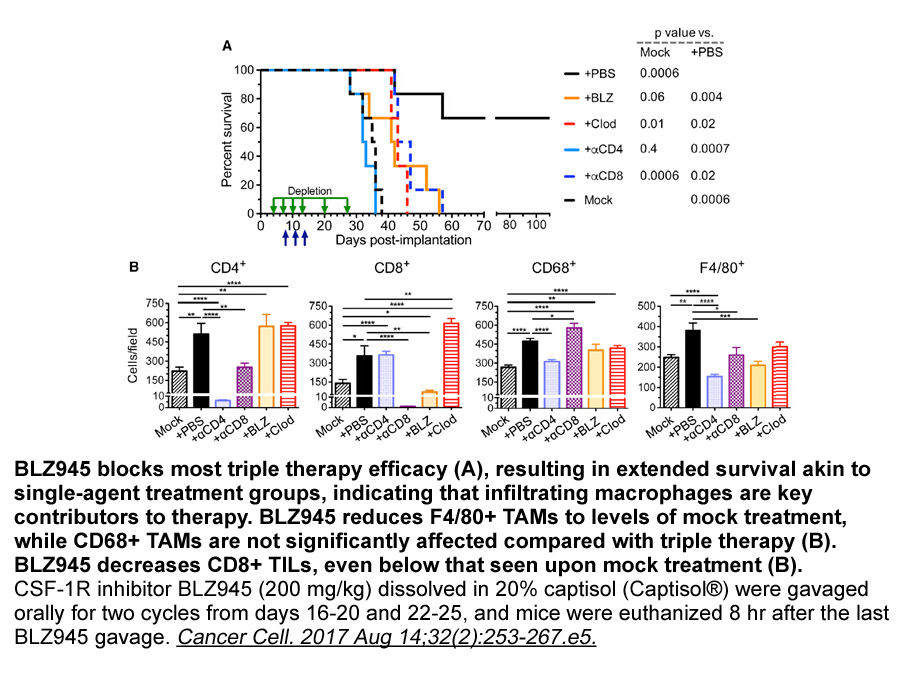
Author contributions Funding M.E.B. was supported by Research Fund #3096. Competing interests Introduction Lung cancer has become one of the most common death causes in both male and female malignant tumors (Jemal et al., 2011). Air pollution, smoking and estrogen level are known risk f
-
These findings further extend our knowledge of
2020-02-11
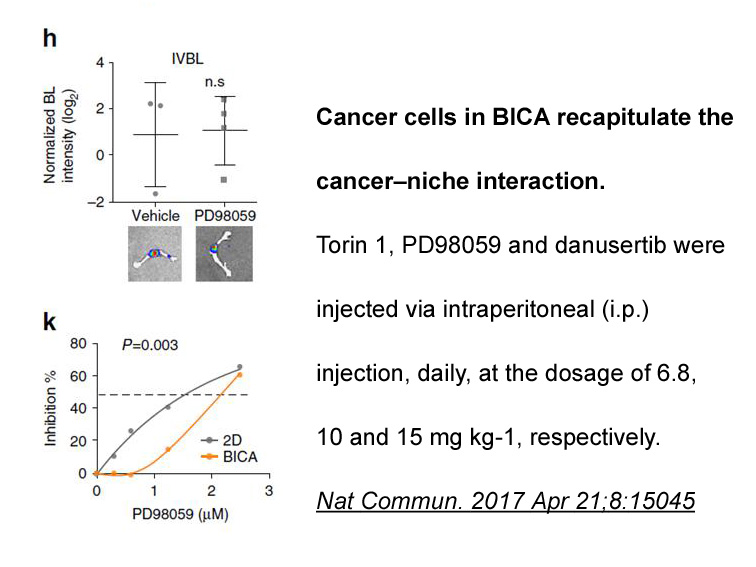
These findings further extend our knowledge of how P4 and/or E2 can mediate anxiety and fear responses. Female rats in behavioral estrous and ovx rats administered systemic P4 and/or E2 demonstrated significantly less anxiety in the open field and/or elevated plus maze, compared to diestrous rats, a
-
br Results br Discussion The advent of TKI
2020-02-11
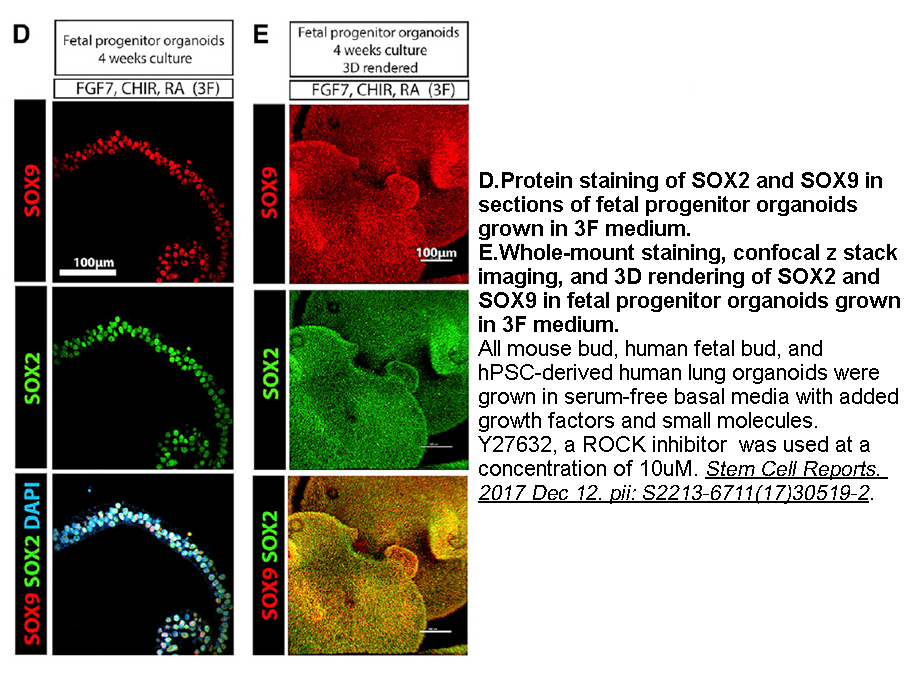
Results Discussion The advent of TKI treatment has greatly improved CML therapy. Because CML LSCs are less sensitive to TKIs, CML is usually controlled rather than cured, highlighting an unmet clinical need. Developed from our previous finding that CML LSCs are more dependent on Tcf1 and Lef1
-
Immature and mature B cells adapt differently to signal
2020-02-11

Immature and mature Colistin Sulfate adapt differently to signal transduction via BCR [2]. This functional dichotomy is also regulated by noncytokine substances in the surroundings of mature and immature B lymphocytes, such as the prostanoid family of lipid mediators including PGD2, PGE2, PGF2α, PGI
15609 records 879/1041 page Previous Next First page 上5页 876877878879880 下5页 Last page